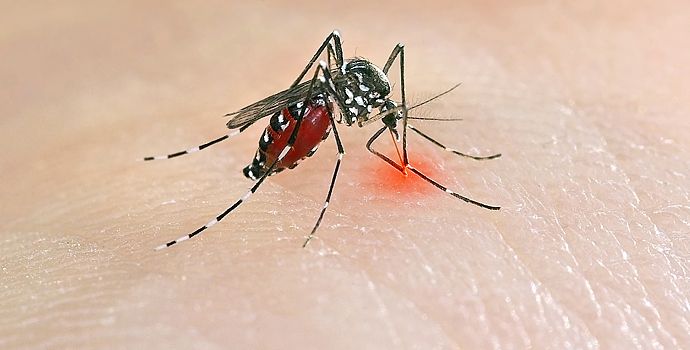Jakarta, Indonesia Sentinel — The World Health Organization (WHO) has issued a stark warning about the potential global outbreak of the chikungunya virus, urging immediate action to prevent a resurgence of large-scale outbreaks similar to those seen two decades ago.
Chikungunya is a mosquito-borne viral disease that causes fever and severe joint pain, and in some cases, can even lead to death. Though lesser-known than dengue or Zika, chikungunya has already been detected in over hudred countries, placing billion people at risk, according to WHO expert Diana Rojas Alvarez.
“Chikungunya is still not widely recognized, but the virus has already been detected in 119 countries, placing 5.6 billion people at risk,” said Rojas Alvarez, a World Health Organization (WHO) expert, during a press briefing in Geneva, as reported by Science Alert.
She recalled the devastating outbreak between 2004 and 2005, when the virus rapidly spread across the Indian Ocean region, beginning with small islands before reaching multiple continents and infecting nearly half a million people.
“We’re now seeing similar patterns emerge again,” Rojas Alvarez warned. “Since early 2025, major outbreaks have already been reported in Réunion, Mayotte, and Mauritius. In Réunion alone, one-third of the population is believed to have been infected.”
The symptoms of chikungunya, including high fever and severe joint and muscle pain—closely resemble those of dengue fever and Zika, making the disease difficult to diagnose and allowing it to spread undetected in many areas.
Rojas Alvarez noted that recent conditions mirror the early signs of the 2004 crisis, with new infections now emerging in regions like Madagascar, Somalia, and Kenya. Meanwhile, Europe is also beginning to report cases linked to the virus. France has confirmed local transmission, and suspected cases are under investigation in Italy.
“Given how closely these developments resemble the outbreak 20 years ago, WHO is calling for urgent action to prevent history from repeating itself,” she emphasized.
Read Also:
Indonesia Reports Eight Cases of Hantavirus Infection Across Four Provinces
Although the chikungunya mortality rate remains below 1 percent, Rojas Alvarez cautioned that even a small percentage becomes significant when infection numbers reach into the millions.
“One percent of a million is still thousands of lives,” she said. “We are sounding the alarm early so that countries can prepare, detect, and strengthen their response capacities before it’s too late.”
The virus is spread by infected female mosquitoes, primarily Aedes aegypti and Aedes albopictus. The latter, known as the tiger mosquito, has expanded its range northward in recent years, partly due to climate change and global warming.
These mosquitoes are most active during the daytime, with peak biting periods in the early morning and late afternoon.
As WHO ramps up its call for coordinated global surveillance and response, experts warn that failure to act swiftly could open the door to another major health emergency on a global scale.
(Raidi/Agung)


























